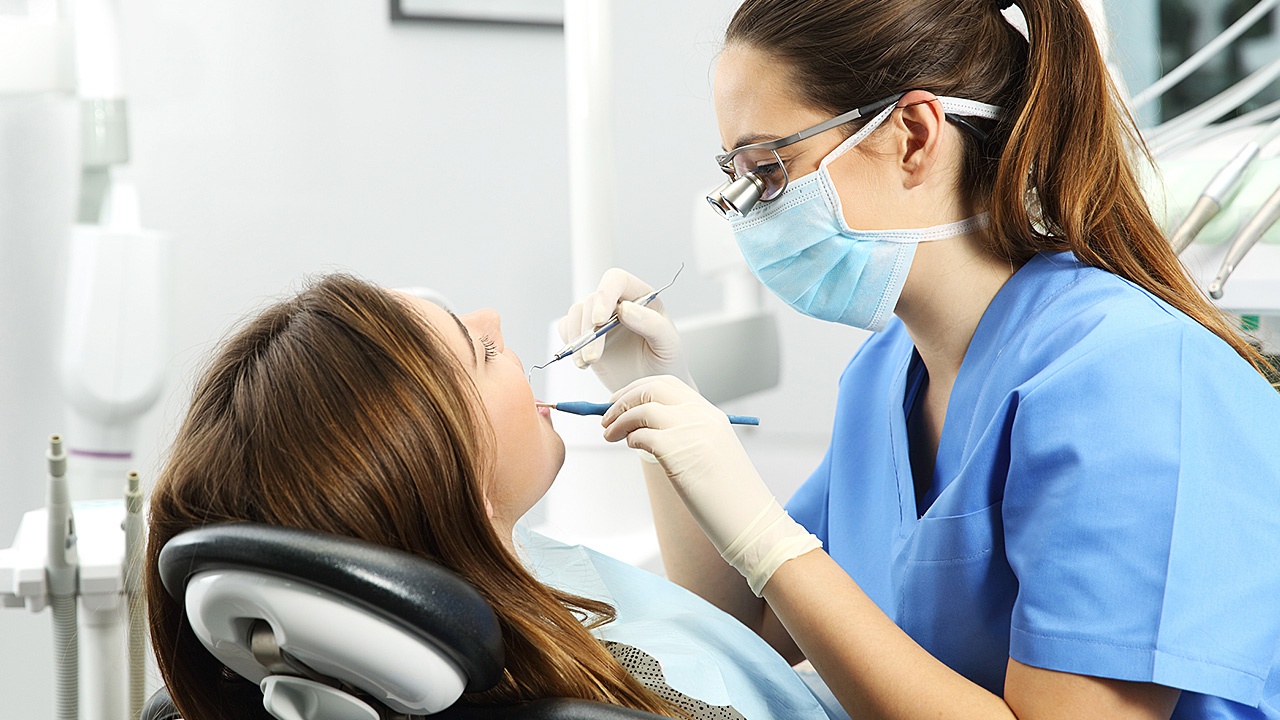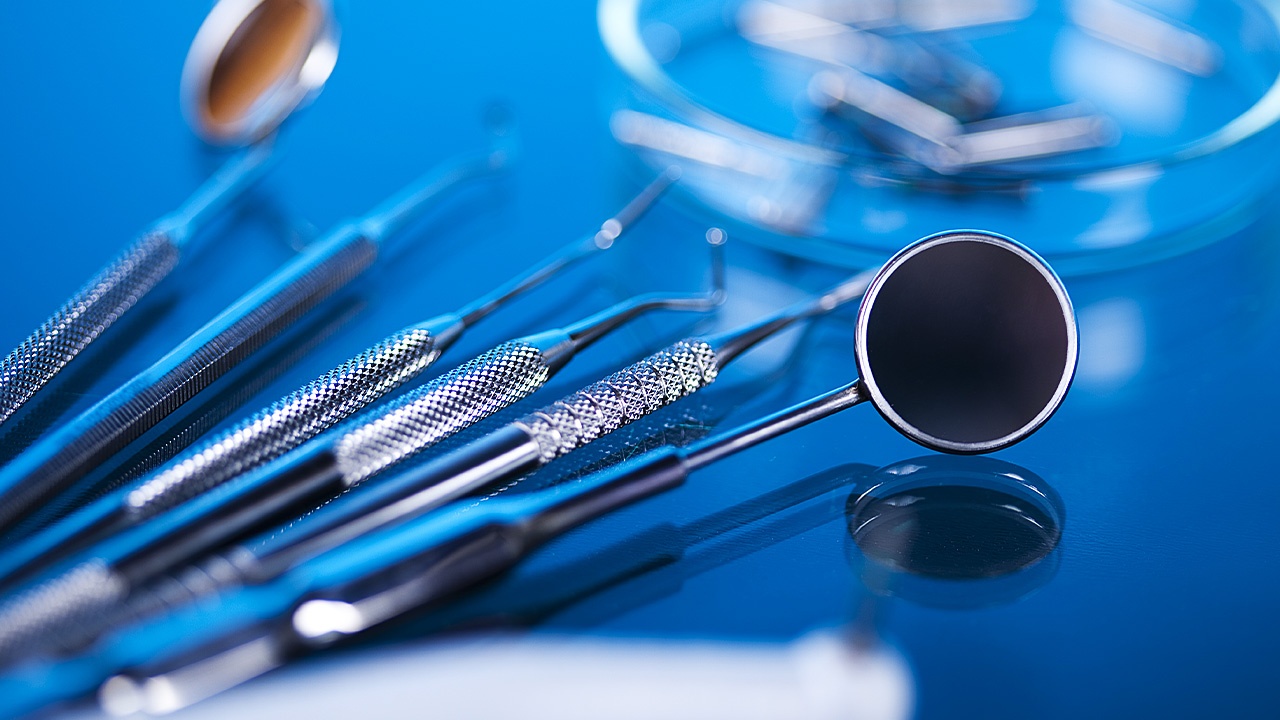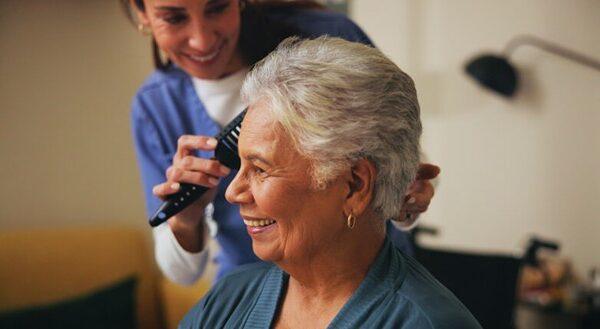During a typical day in a dental office, numerous patients will come in for their treatments or procedures. With the high volume of patients serviced, the disinfection and sterilization of dental instruments is an essential component of a safely operating practice. If you’re considering a career as a dental administrative assistant, you’ll be working to assist with dental office procedures, providing support in a number of different aspects of a dental practice. As such, it’s important to become familiar with proper disinfection and sterilization protocols, as part of your job may be to ensure the cleanliness of various dental instruments in between patients.
The moment when you master the principles of disinfection and sterilization, you’ll be prepared to prevent cross-contamination and cross-infection within any dental practice. Read on to discover how to properly disinfect and decontaminate dental instruments.
A Guide to Disinfection Terminology for a Dental Administrative Assistant
There are many different procedures that are used together to ensure that dental instruments are properly cleaned. Asepsis (or cleaning) is a procedure that removes contaminants such as blood, debris, and bacteria from the surface of dental instruments. Asepsis is performed in order to prepare dental instruments for disinfection and sterilization, and detergent or water is most commonly used in this step.
Disinfection is the process of removing microorganisms from an object or surface using liquid disinfectants. While disinfection is effective in targeting microbes, it cannot remove bacterial spores. Sterilization, on the other hand, kills all microbes and bacterial spores that may appear on dental instruments. When performing these procedures correctly, a dental administrative assistant can ensure that the dental instruments have been decontaminated effectively.

Disinfecting instruments ensure that infection doesn’t spread among patients and dental staff
The Sterilization Requirements of Dental Instruments
Different dental instruments require different levels of disinfection and sterilization, depending on their potential to transmit bacteria or viruses to patients and dental healthcare providers. Critical instruments are those that are exposed to blood and are used to penetrate bone or soft tissue. These instruments, such as surgical burs and scalpels, must receive the highest level of sterilization. Semi-critical instruments come into contact with the oral mucous membrane, but don’t penetrate the oral tissue itself. These instruments, which include dental mirrors and impression trays, can be sterilized after each use, but when necessary a high-level disinfectant can do the job. Lastly, non-critical instruments (including pulse oximeters and x-ray heads) can be cleaned with a low-level disinfectant due to the small risk of cross-contamination they pose.
Disinfectants Used for Dental Instruments
If you’re getting your dental office assistant diploma, it’s important to familiarize yourself with the process of disinfecting and sterilizing dental instruments. In order to ensure cleanliness, it’s important to designate an area for washing instruments, as well as an area for storing and packaging them after they have been cleaned. Having a system in place for handling instruments before and after disinfection and sterilization prevents the chance of cross-contamination. After washing dental instruments, disinfection can begin.
There are two types of disinfectants commonly used in dental offices. The first is glutaraldehyde, a chemical disinfectant that removes microbes and bacteria without corroding stainless steel. Instruments must be submerged in a glutaraldehyde solution for 6-10 hours in order to disinfect completely. For instruments that are sensitive to heat and moisture, such as motors or sharpening stones, ethylene oxide is commonly the disinfectant of choice.
Sterilizing Dental Instruments
When it comes to sterilization, there are a number of methods that can be used to ensure that instruments like critical instruments are decontaminated. One of the most common methods is the use of a steam autoclave—a pouch that removes all microbes and bacterial spores by applying 15 lbs of pressure at a temperature of 121 degrees Centigrade. Dry heat ovens are another method of sterilization, in which dry heat is generated by electricity, sterilizing the instruments within the oven. After sterilization, instruments must be cooled and stored in lidded trays in order to be kept safe for use.
With a proper disinfection and sterilization regimen in place, dental practices can ensure that infection doesn’t spread. If you’re ready for a career ensuring the efficient operations and cleanliness of a dental office, dental administrative assistant courses could be right for you.
Get the training you need with AOLCC Alberta today.





